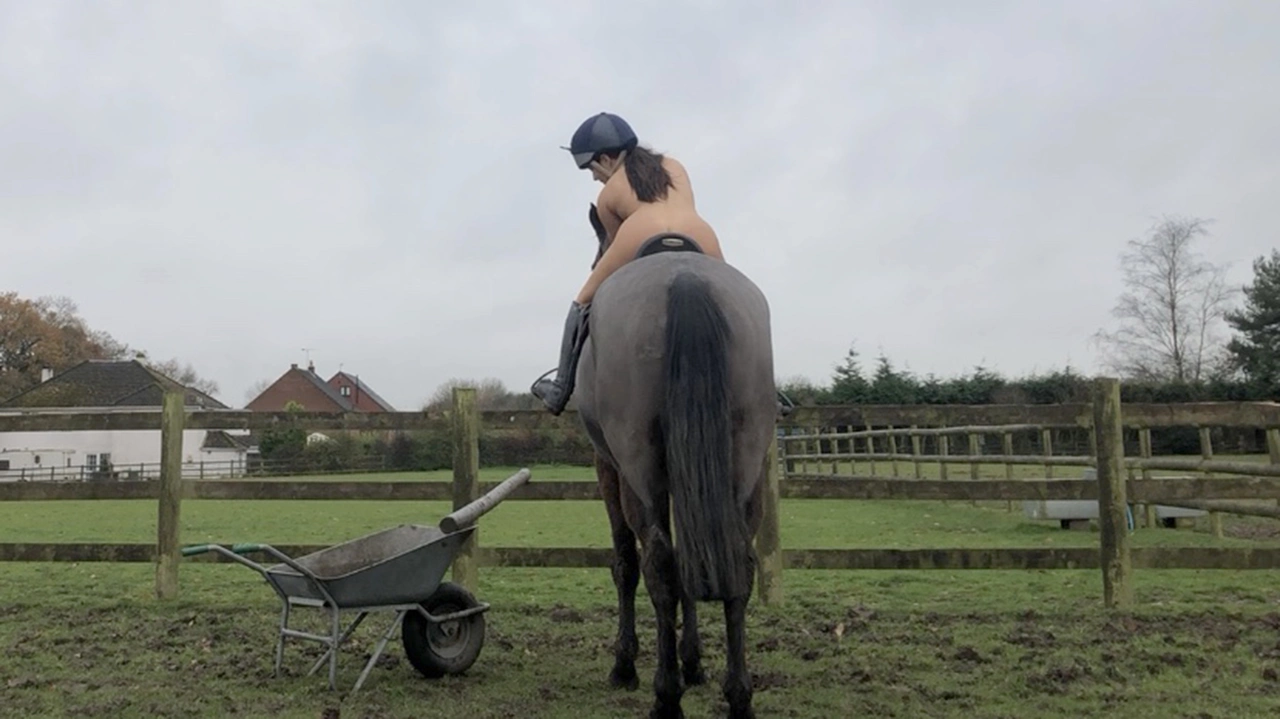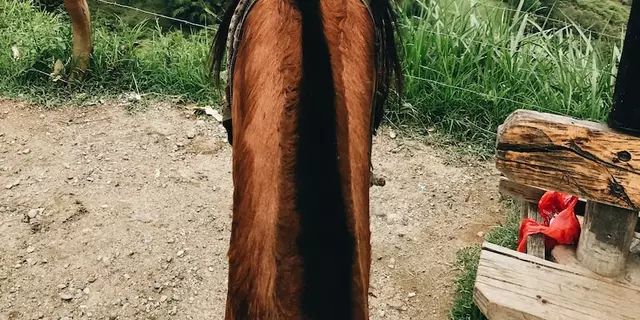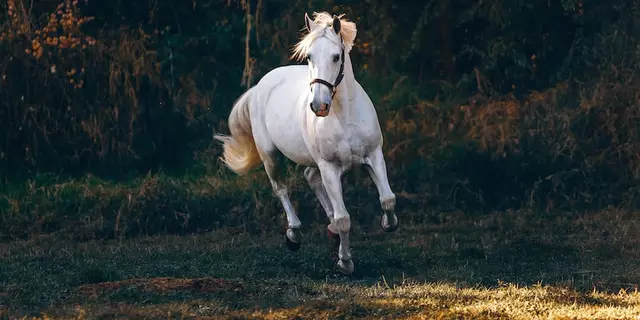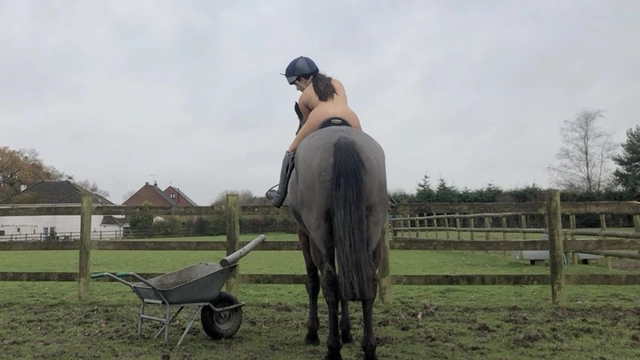Difficulty in Horse Riding: Simple Ways to Overcome It
If you’ve ever felt stuck on a horse, you’re not alone. Riding brings a mix of excitement and frustration, especially when you hit a snag. The good news? Most problems have clear fixes, and you can start applying them right after you read this.
First, know that difficulty isn’t a sign you’re bad at riding. It’s often just a mismatch between your current skill level and the task you’re trying. Maybe the saddle feels off, or you’re trying a jump before you’ve nailed basic balance. Identifying the exact issue is the first step toward solving it.
Why Riding Can Feel Tough
Balance is the biggest culprit. When you’re new, you tend to cling to the reins or sit too rigidly, which throws the horse off its rhythm. A wobbly seat makes the horse work harder, and the harder the horse works, the more uneasy you feel. This creates a loop that feels impossible to break.
Fear is another hidden barrier. A sudden spook or a slip can stick in your mind, making you tense every time you mount. Tension ripples through your body, and the horse senses it, often reacting with more caution or even resistance.
Back pain after a ride is common, too. It usually means your posture isn’t supporting the horse’s movement. If you’re slouching or over‑reaching, the muscles in your lower back take on extra load, leading to soreness the next day.
How to Beat Common Riding Challenges
Start with a proper fit. A saddle that’s too wide or too narrow forces you to adjust your legs, ruining balance. Ask your trainer or a tack shop to check the fit before every season. Small adjustments can make a huge difference.
Work on core strength off the horse. Simple planks, side‑bridges, and balance board exercises build the muscles that keep you steady in the saddle. A stronger core means less wobble, which the horse appreciates.
Practice breathing. When you feel nervous, take a deep breath in through the nose, hold for a second, then exhale slowly. This calms the nervous system and reduces tension in your shoulders and back, giving the horse a smoother ride.
Break skills into tiny steps. Instead of jumping straight into a canter, master a relaxed walk, then a trot, then a relaxed canter. Celebrate each small win; it builds confidence and rewires the fear response.
Use visual cues. Before you even mount, picture the ride you want – a calm walk, a smooth trot. Your brain aligns your body to match that picture, making the actual ride feel more natural.
Partner with a supportive instructor. A good teacher watches your posture, offers concrete adjustments, and gives you drills that target your weak spots. Regular feedback prevents bad habits from taking root.
Finally, give yourself time. Learning to ride well takes weeks, months, sometimes years. Patience isn’t just a virtue; it’s a realistic part of the process. Keep a log of what you practice each week, note improvements, and you’ll see progress even on off‑days.
Riding will always have ups and downs, but by tackling balance, fear, and equipment issues head‑on, the “difficulty” tag turns into a series of manageable steps. Grab your boots, check your saddle, and get back in the saddle with a clear plan. You’ve got this!



